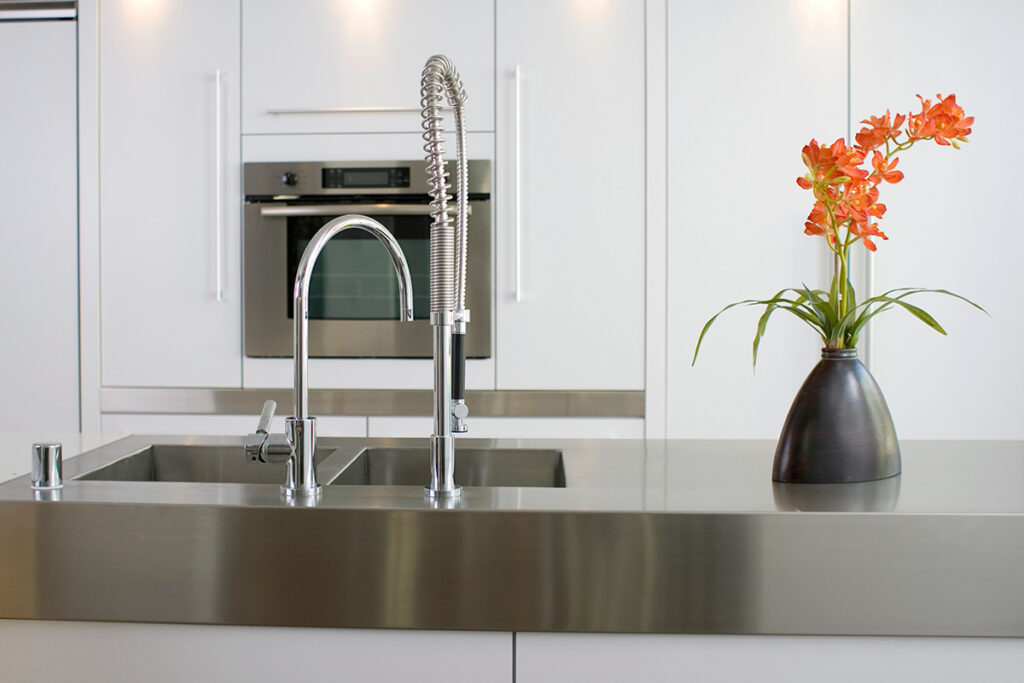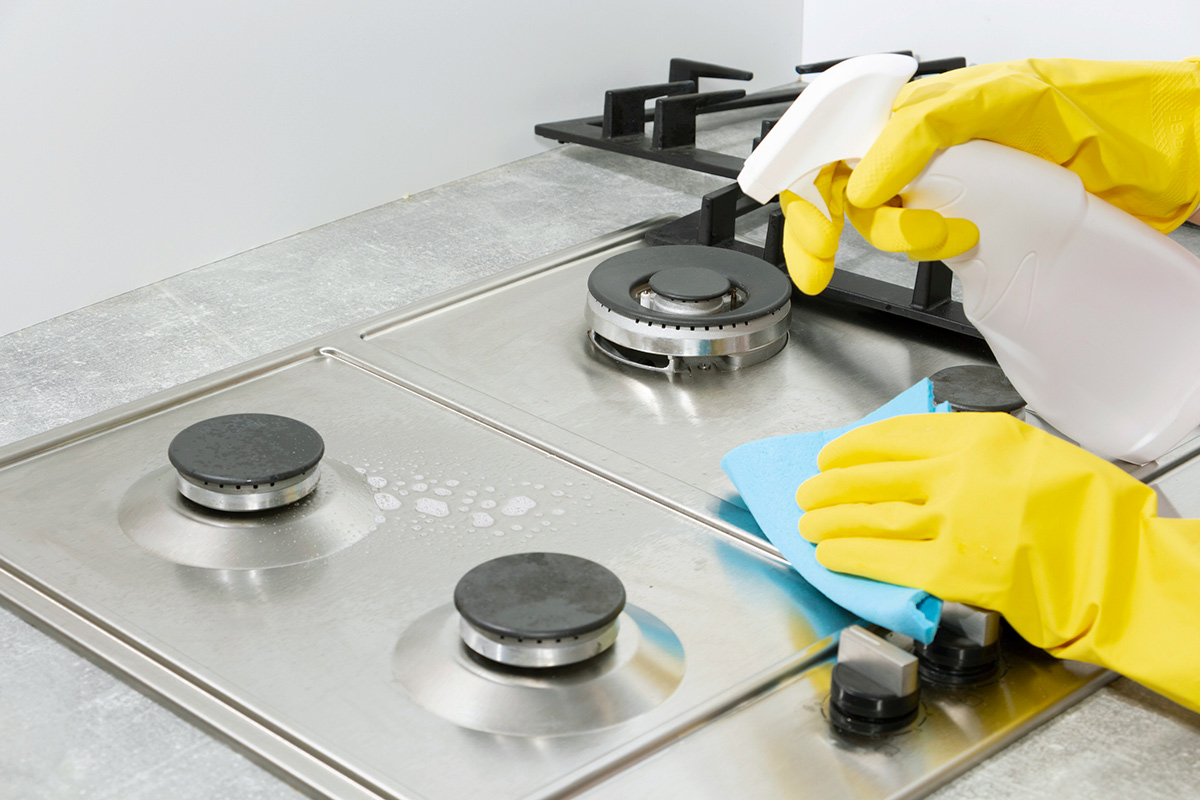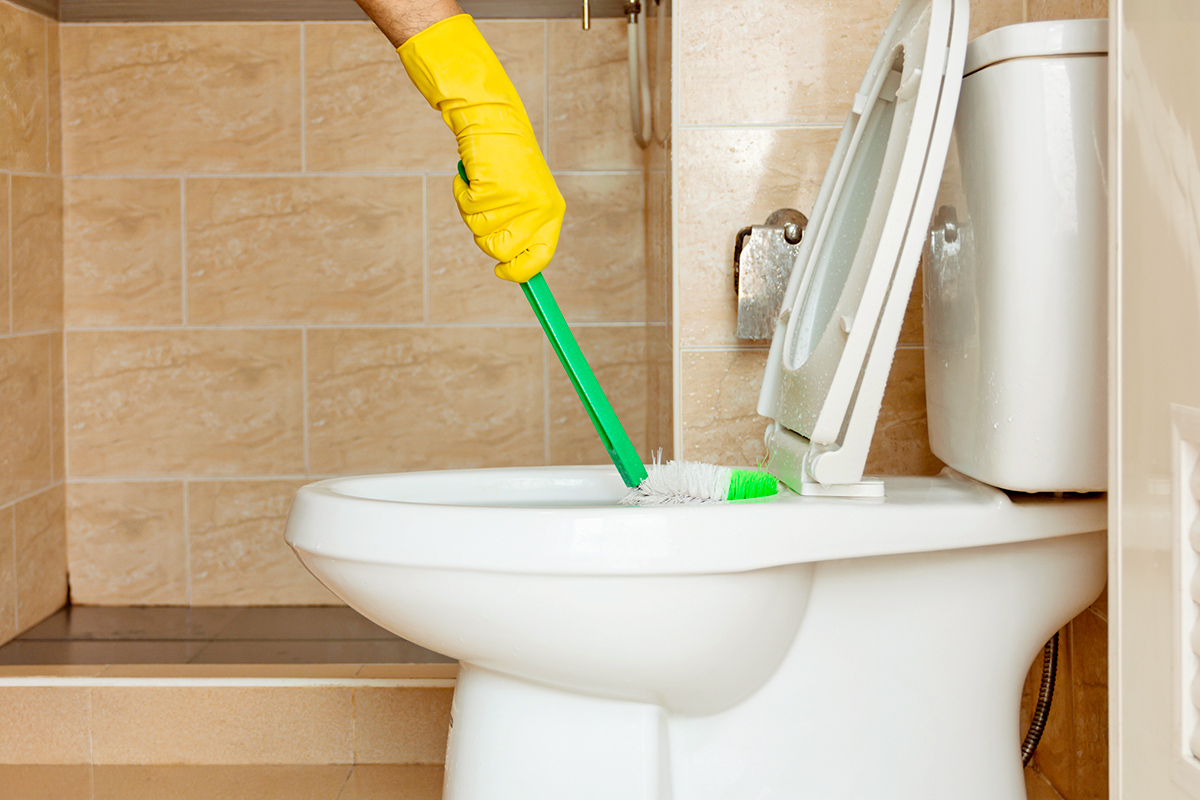Stainless steel is a wonderfully durable material for appliances — it’s long-lasting, it looks great, and who doesn’t love seeing that silver shimmer every time they enter their kitchen? (That is, assuming it’s not covered in fingerprints, but fortunately, there’s a hack for that.) While stainless steel is built to last, certain things can wear away…
1. Using the Wrong Cleaning Tools
For as sturdy as steel can be, the surface of stainless steel can be quite delicate. Certain fabrics and sponges can cause mechanical friction that wears away the protective barrier, leading to damage over time. Avoid major culprits such as steel wool, abrasive sponges, scouring pads, and brushes with stiff bristles. Instead, reach for a microfiber cloth that will clean your appliance without damaging it. These cloths easily remove smudges and fingerprints without leaving streaks, making them a win-win.
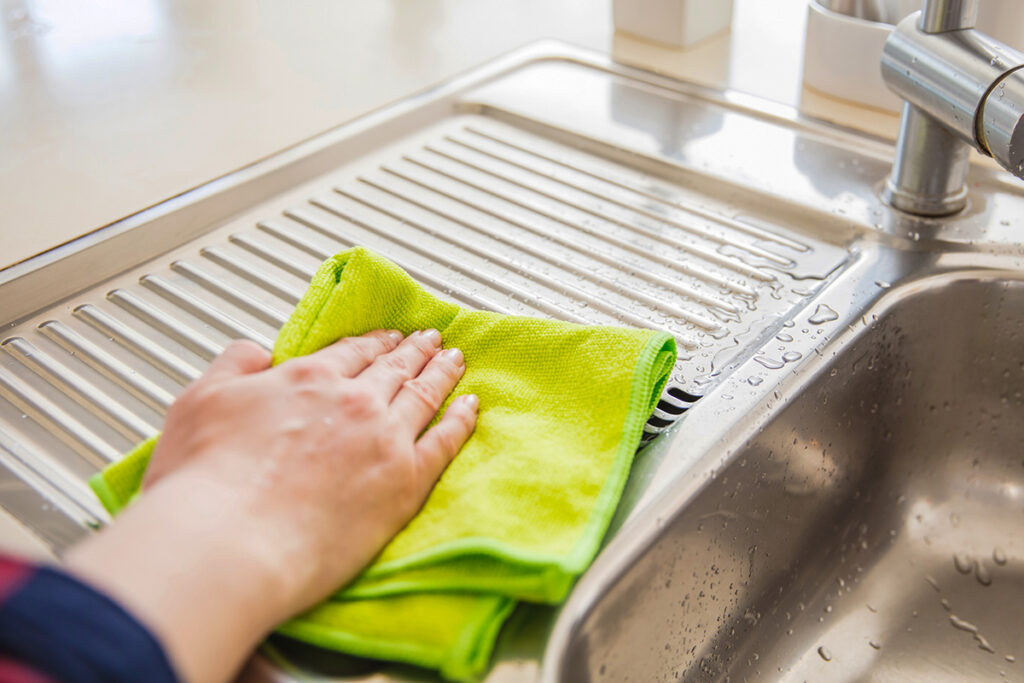
2. Choosing the Wrong Chemical Cleaners
Being gentle with your stainless steel appliances will go a long way, but even more important than skipping the steel wool is keeping harsh chemicals off those sensitive surfaces. Certain chemical compounds won’t help stainless steel shine and can even cause it to corrode, crack, or rust over time. The two key components that can cause damage are high acidity and salty substances.
Stainless steel is resistant to alkaline and low-acidity substances, but when a chemical or cleaner has a pH of 7 or more, it can disrupt the metal’s integrity. Products containing baking soda, ammonia, hypochloric or sulfuric acid, and chlorine bleach can strip the chrome oxide barrier from the surface, causing scratches, corrosive pitting, or dullness.
So, what can you use instead? A product made specifically for cleaning stainless is always the best bet, such as this water-based formula from Sprayaway. If you’d rather make your own cleaning solution, combine equal parts distilled water and distilled white vinegar in a spray bottle. Spritz your appliances with the solution, then wipe it away with a microfiber cloth. To bring out the shine, add a few drops of olive oil to a paper towel, then buff it into the surface, following the grain.
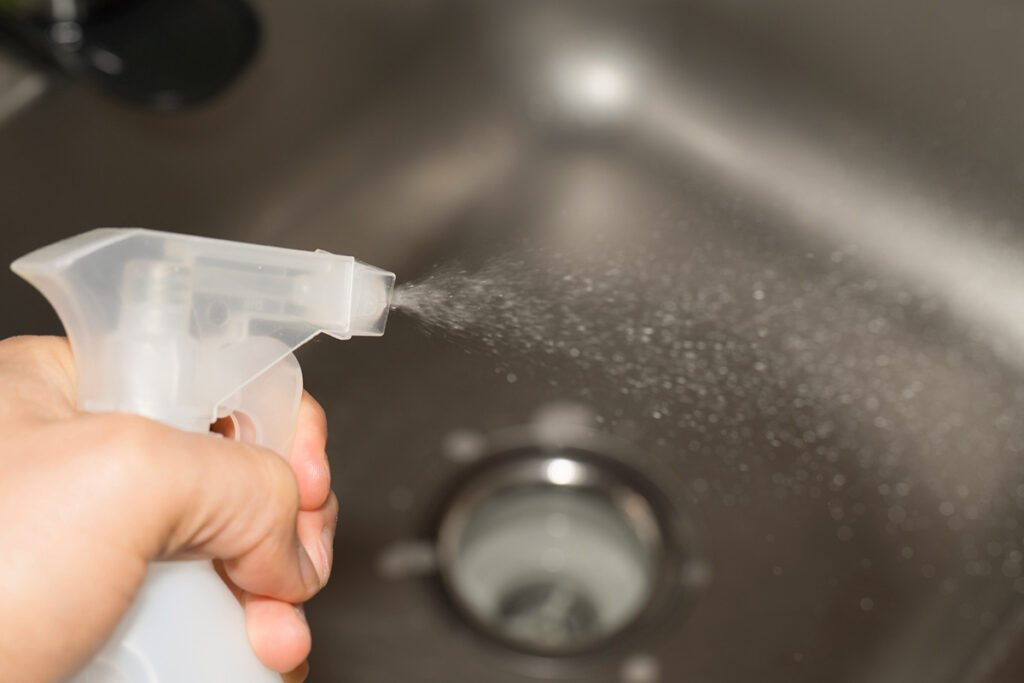
More from our network
House Outlook is part of Inbox Studio, which publishes content that uplifts, informs, and inspires.
3. Allowing Spills To Sit
Even small spills can spell big problems for your stainless steel appliances over time. One kitchen staple that can literally put a dent in your stainless steel appliances is salt. The chloride ions in salt can corrode stainless steel if left in contact for a long time, which can lead to pitting and other cosmetic blemishes. You can avoid this by wiping up spills immediately and doing your best to keep food stains and other residue from crusting on your stainless surfaces.
None of these mechanical or chemical cleaning methods, including salt, will ruin your stainless steel overnight. However, allowing these things to regularly come in contact with your appliances will compromise them over time, so it’s best to implement good habits and protect your investment as best you can.
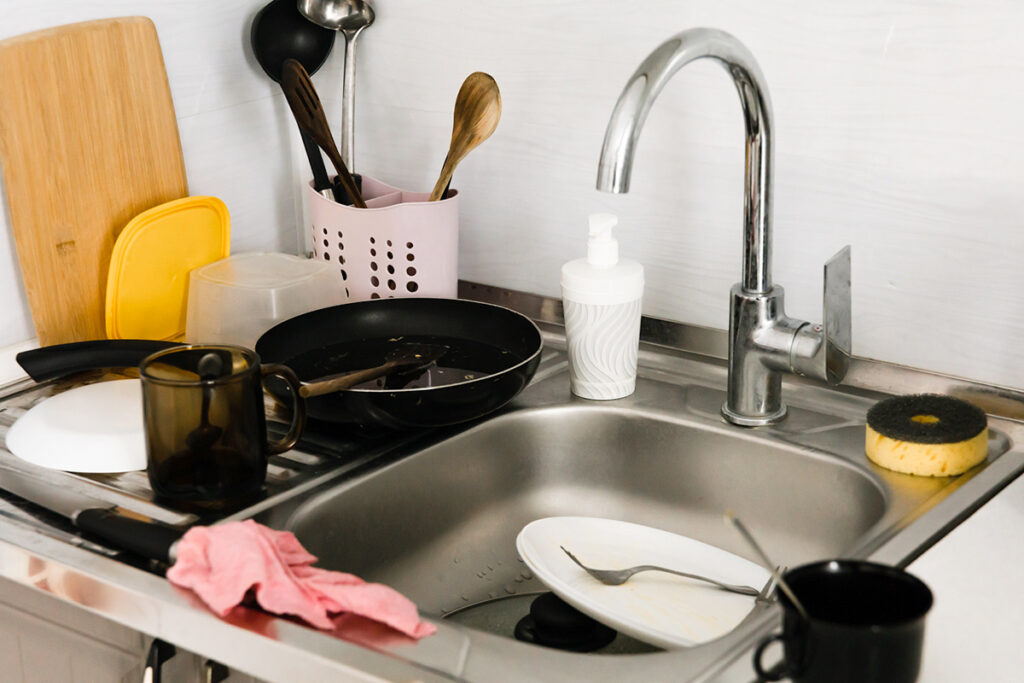
4. Ignoring Water Spots
Who knew your refrigerator door was so sensitive? You’ve probably seen water spots on your fridge or dishwasher, but did you know that tap water can actually corrode stainless steel over time? The chlorine in tap water can cause a reaction when it’s in contact with stainless steel for too long, stripping away the chrome oxide barrier. The minerals in tap water can also damage your appliances if they’re left behind after the water has evaporated.
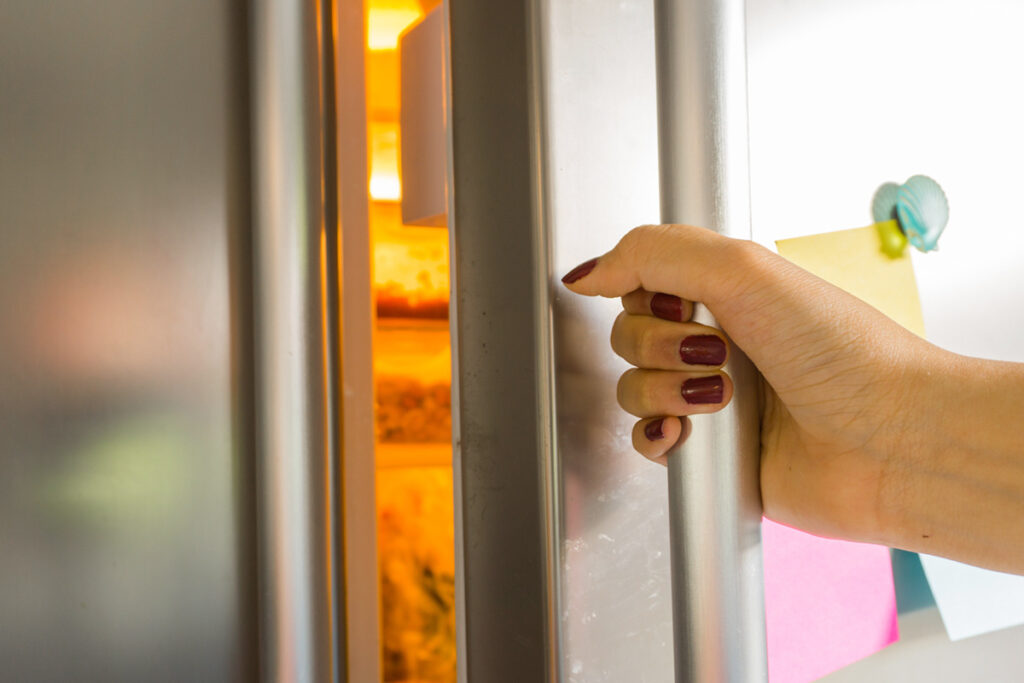
5. Forgetting the Final Wipe-Down
The fastest and easiest way to keep your stainless steel appliances looking great for the long run is to wipe them down regularly. Removing food, tap water, and any leftover cleaning products is the best way to maintain the integrity of your stainless steel. We said it before, but it bears repeating: Using a microfiber cloth to clean your stainless steel appliances will go a long way toward preserving their shine and overall condition.
